I heard a song outside earlier today that was new for this season. It reminded me of the Baltimore Oriole song - strong and melodious - I could hear it even with all the windows closed. Robins can be loud like that, but it was louder than a robin. I couldn't see it to identify it, but it got me thinking about the appearance of our summer songbirds.
Wouldn't it be nice if there were maps that tracked the progress of the migratories? A guide to let us know when to put our species specific feeders out? You know - for the hummingbirds and orioles. Say no more! There ARE such maps!
While searching for information about when to expect the orioles, I came upon this site: Journey North. Not only does it have a map for the orioles flight north, but also for hummingbirds, Monarch butterflies, Whooping cranes, singing frogs, as well as others.
While it looks like it will be another month before I can realistically expect to see our orioles, I'm putting out the feeder anyway. They've been sighted in southern Ohio and southern Illinois. It seems we are having an early spring, and as I learned on the site, another factor coming into play regarding migration is that the birds appear as the trees are leafing out, due to increased insect activity.
I love the internet.













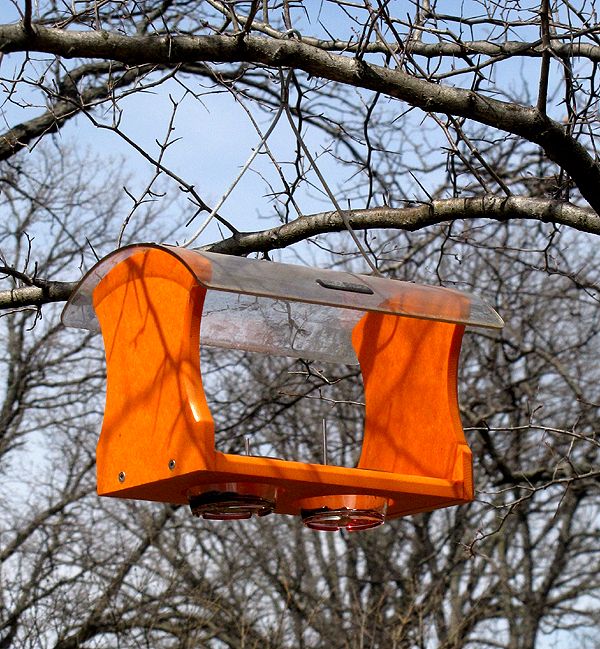
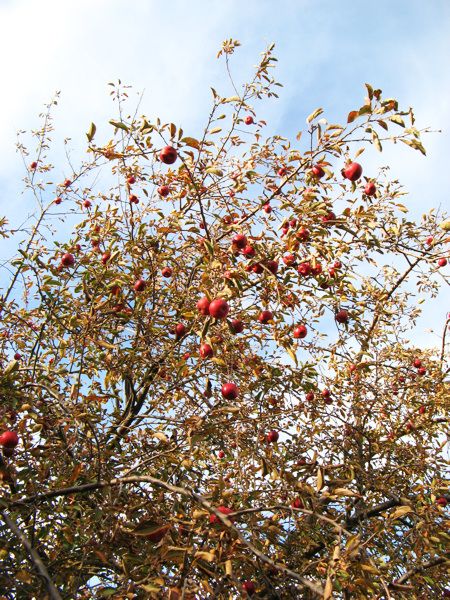

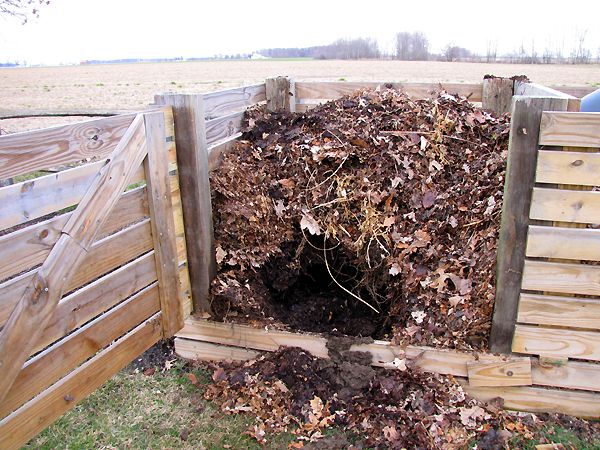


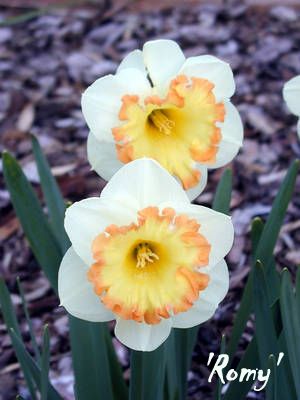
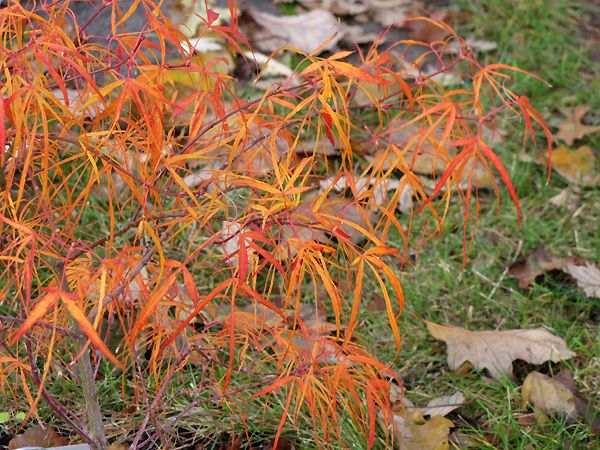
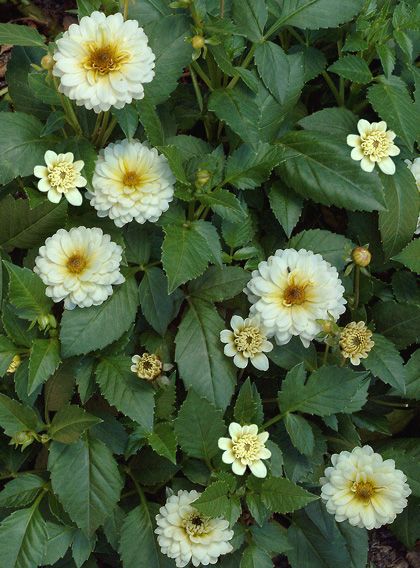
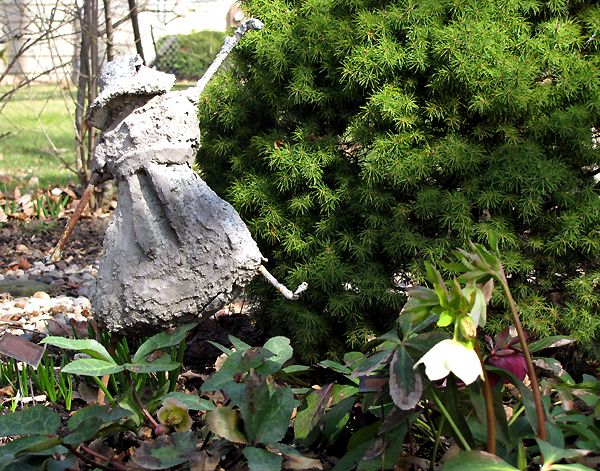
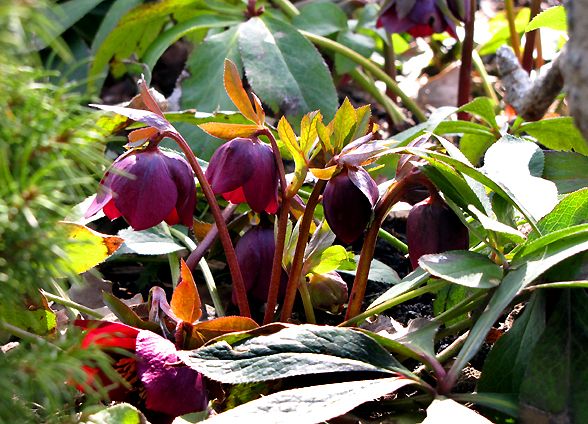
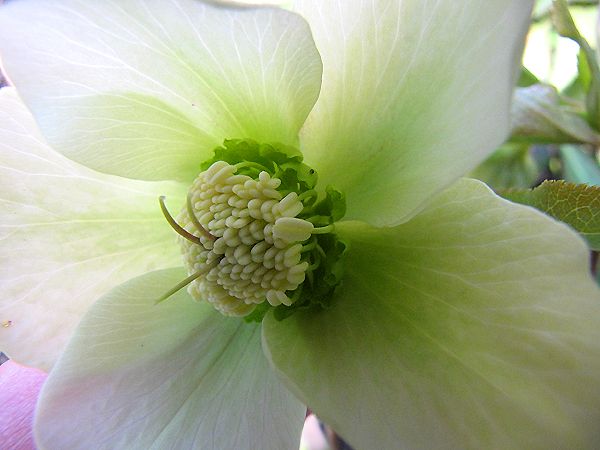
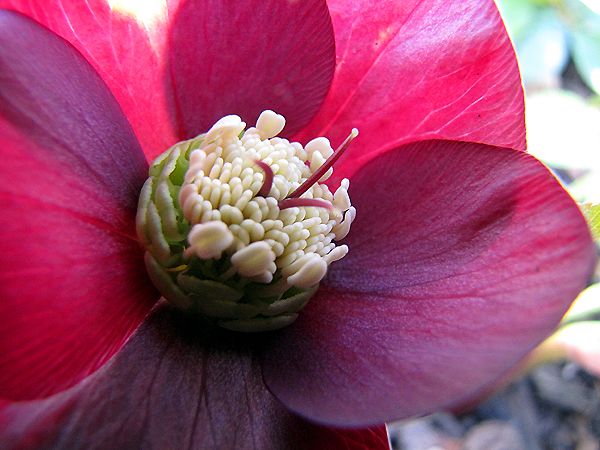
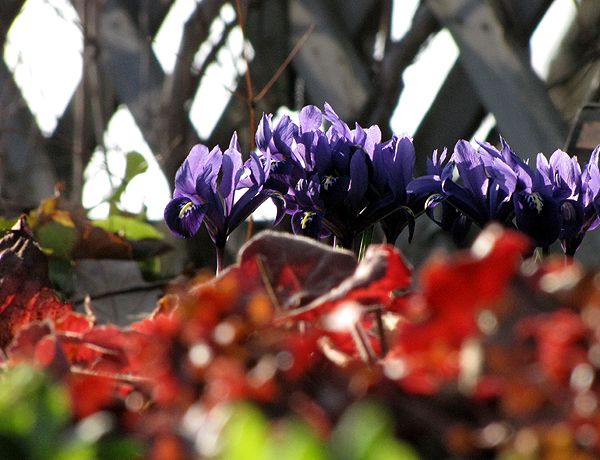
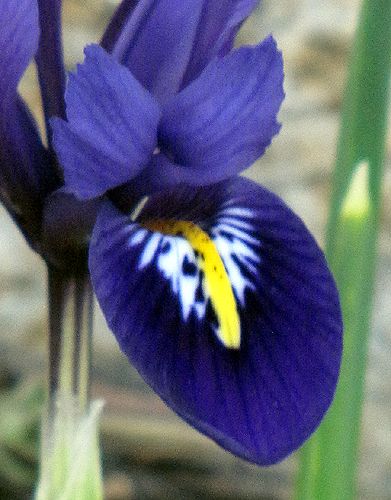
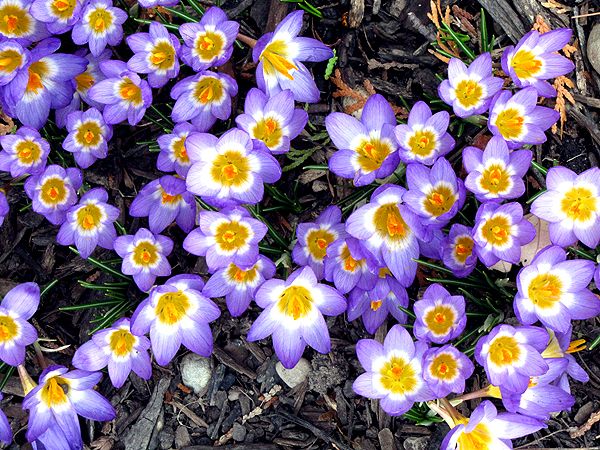
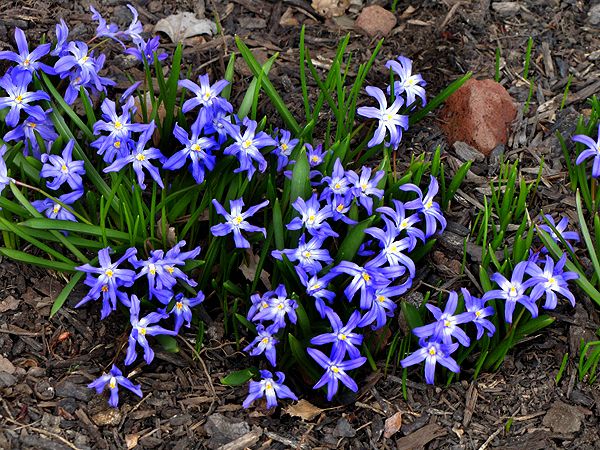
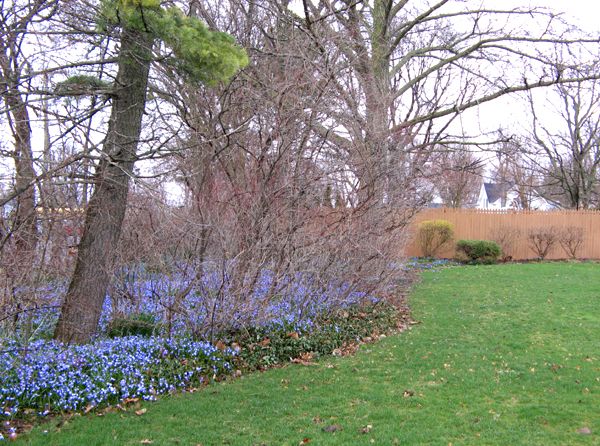
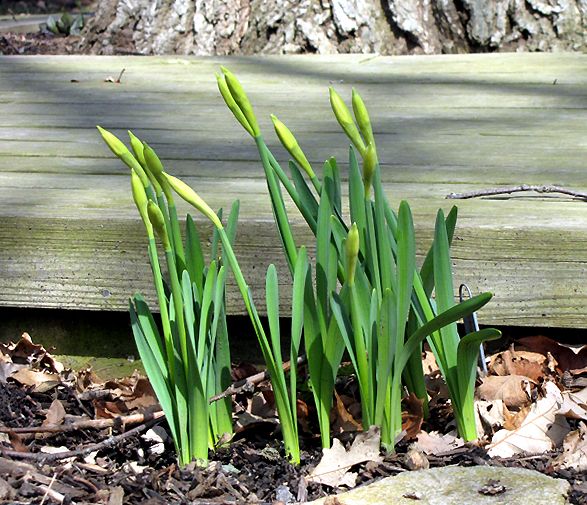
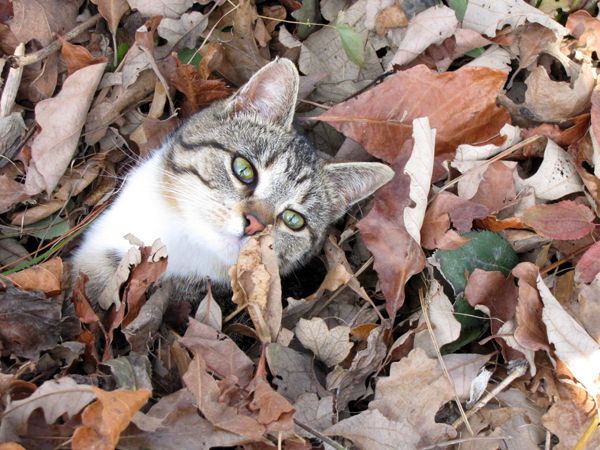


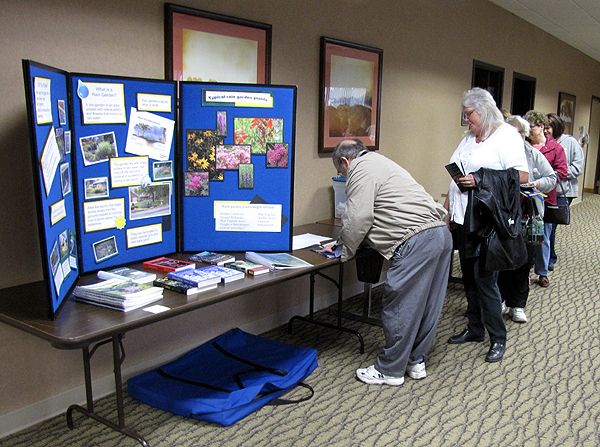
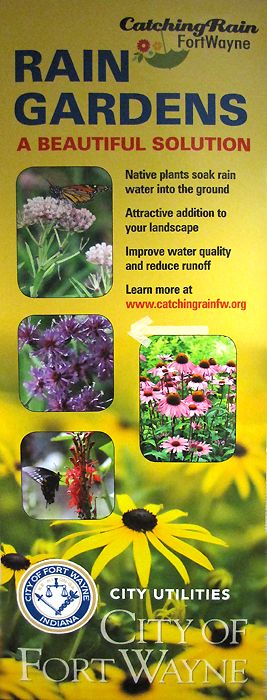
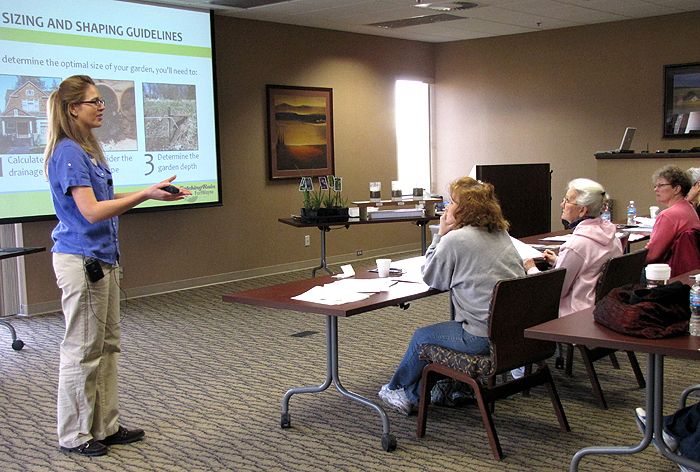
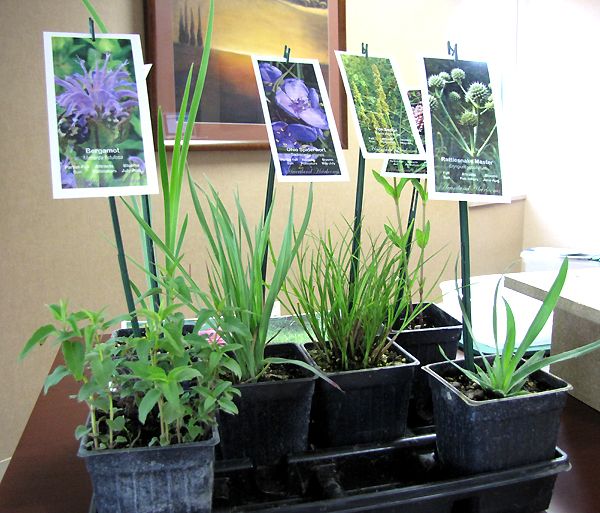
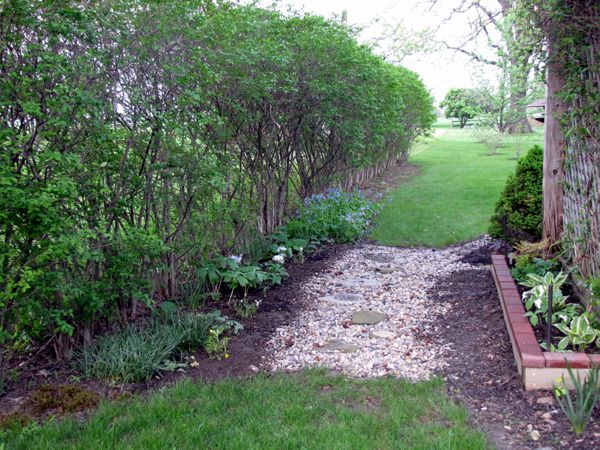
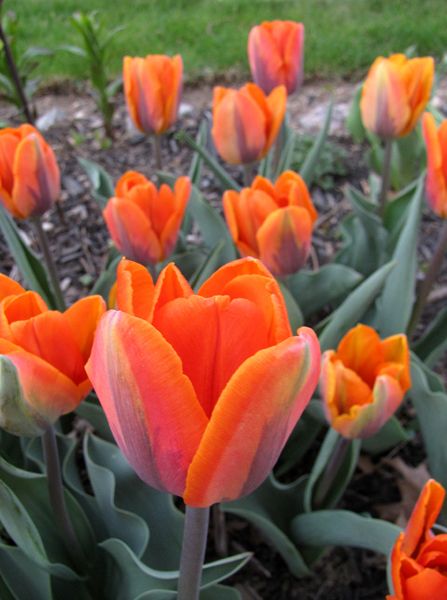
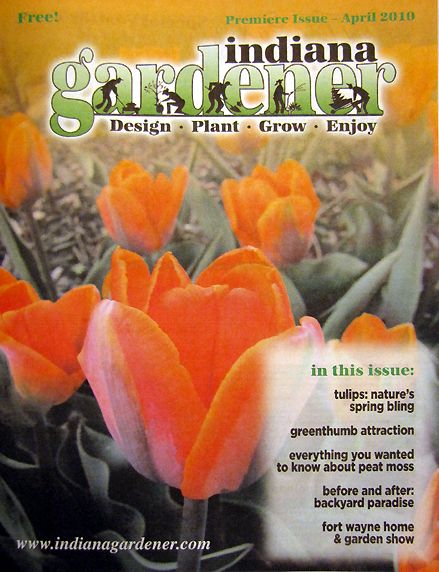


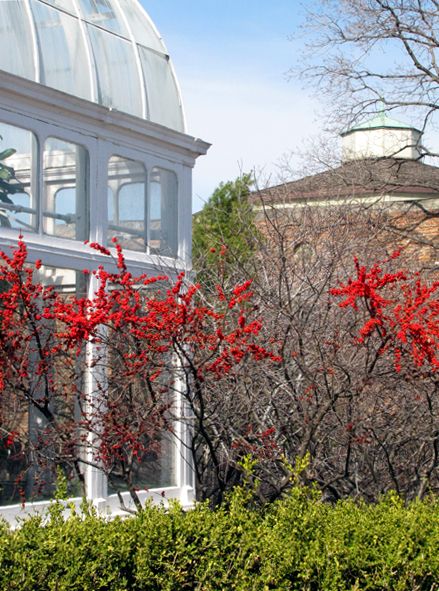
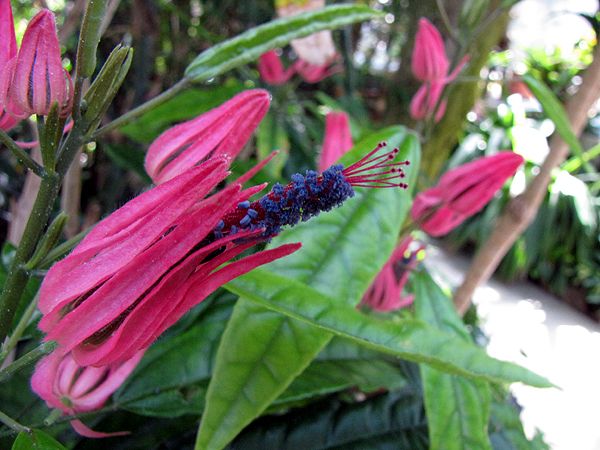
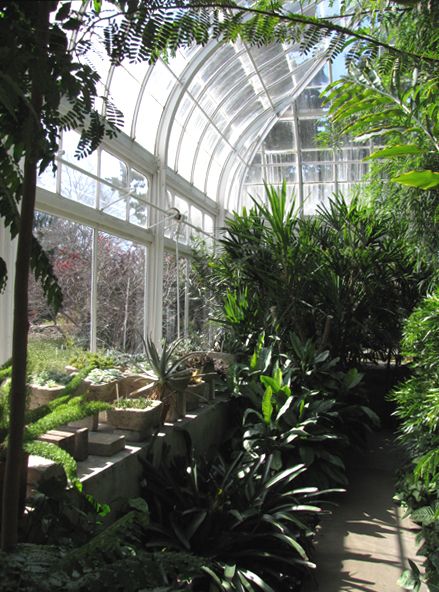
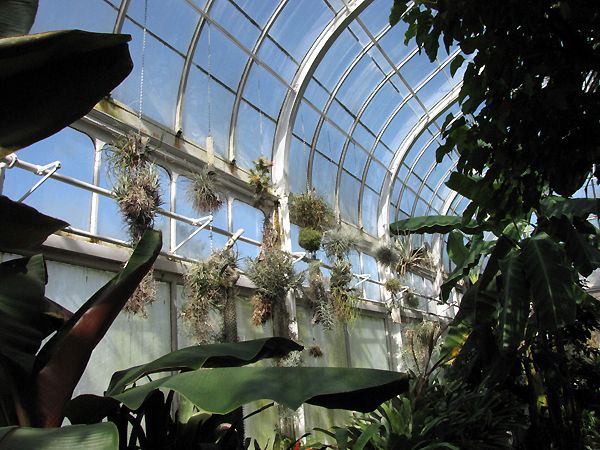
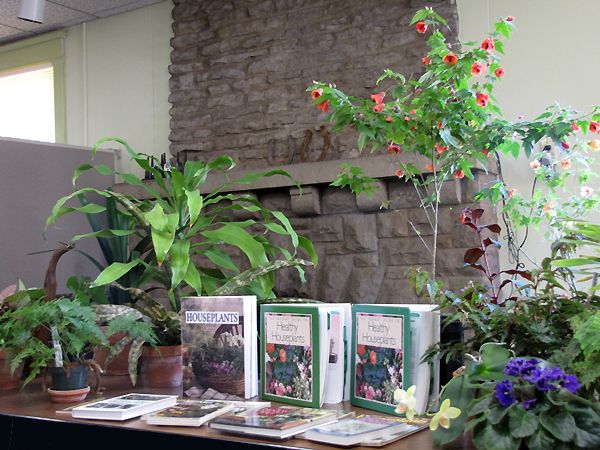


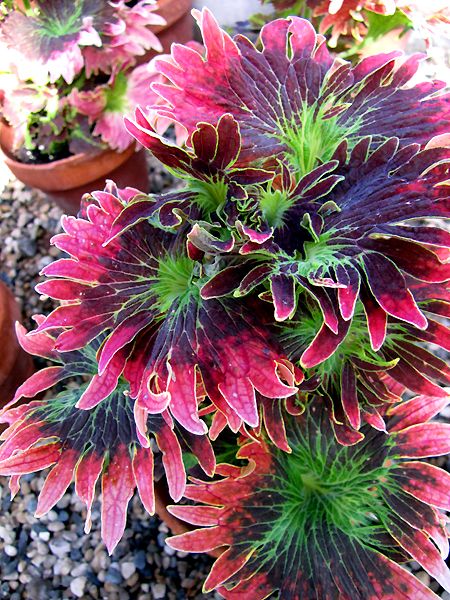

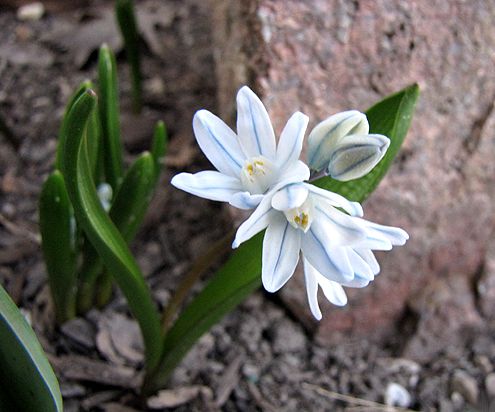
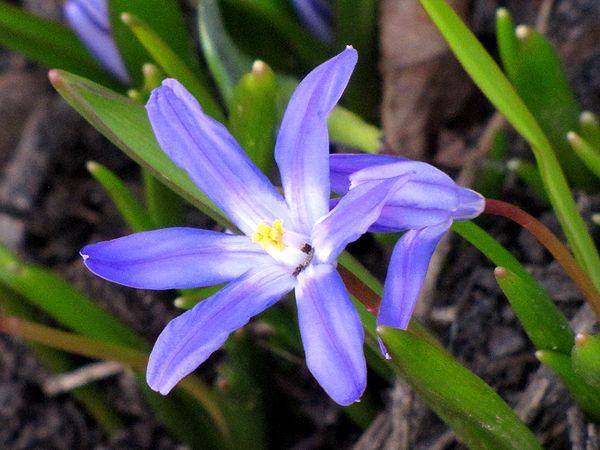
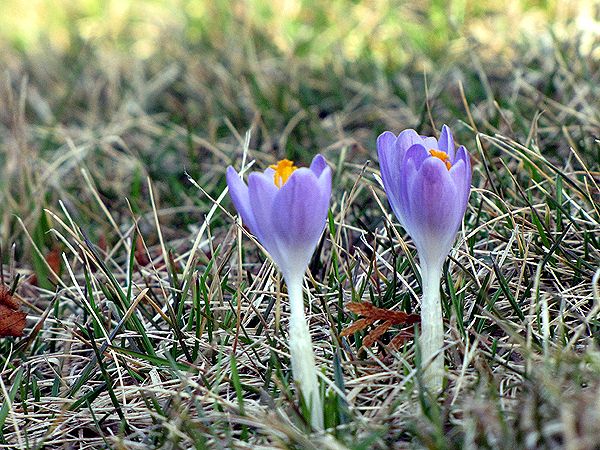
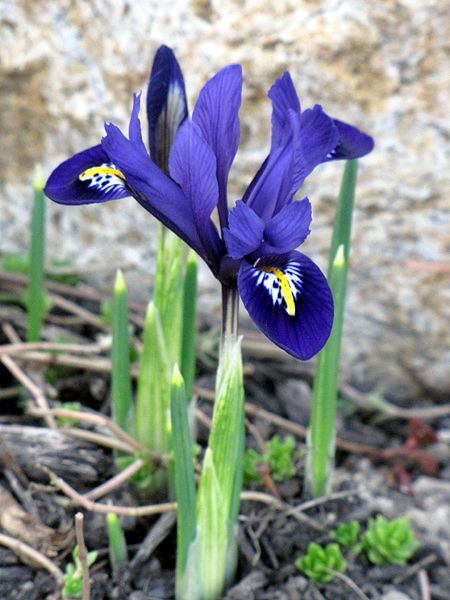
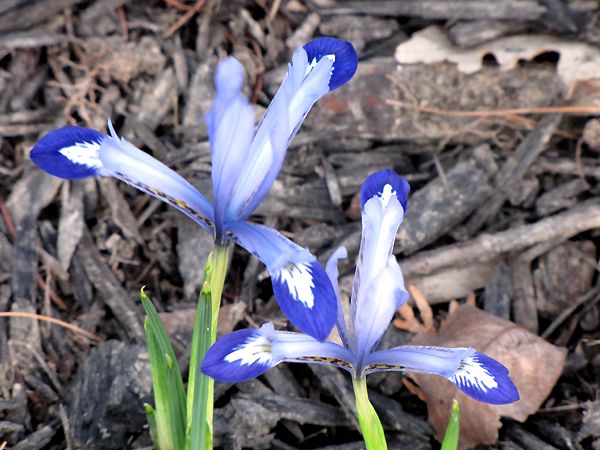
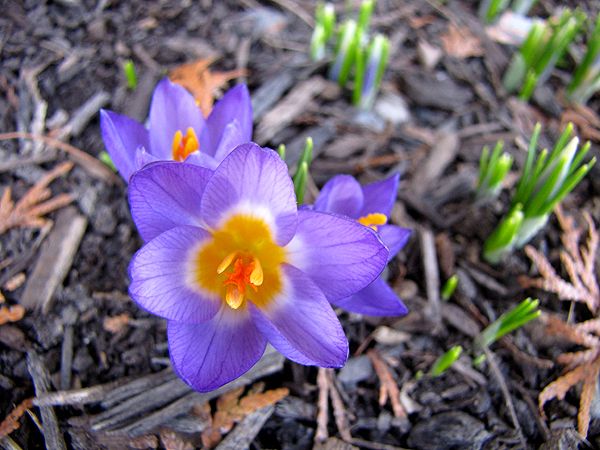






 "Bejeweled"
"Bejeweled"


